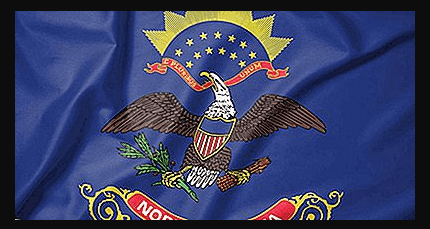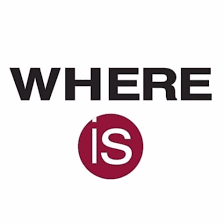What Is The Capital Of North Dakota?
Bismarck is the capital of North Dakota. Bismarck is second only to the cities of North Dakota behind Fargo in terms of population. The 2016 population was approximately 72,417 with a metropolitan population of 131,635.

When did Bismarck become the capital?
Bismarck was originally inhabited by the Mandan Native American community, who spoke the Hidatsa language. European Americans established a settlement in what was then the Missouri Crossing in 1872, which was later named Edwinton, in honor of Edwin Ferry Johnson, the chief engineer, contracted by the Northern Pacific Railway.
The company’s railroad developments attracted settlers and workers, and the company named the growing town Bismarck in 1872, after Otto von Bismarck, the chancellor of Germany. The name was intended to attract German investors and settlers. Gold deposits in the Black Hills of South Dakota caused the immigration of thousands of miners to the city. Bismarck was recognized as the capital of the Dakota Territory in 1883, and in 1889 it became the capital of the newly incorporated state of North Dakota.
Demographics of Bismarck
The 2010 census reported 61,272 people living in the city of Bismarck, including 27,263 households and a total of 15,624 families. The population density was 1,986.1 people per square mile. 92.4% of Bismarck’s population was white, 0.7% was African American, and Native Americans and Asians made up 0.6% and 0.3% of the population, respectively.
1.3% of residents identified as Latino or Hispanic of no particular race. Bismarck’s median age was 38 years, while the gender makeup was 51.4% female and 48.6% male. The city’s average family size was reportedly 2.82 and the average household size was 2.18.
Economy of Bismarck
The health sector is a major employer in the capital Bismarck. Sanford Health has 25,000 employees in the company, while the St. Alexius Medical Center employs 2,264 staff.
The state of North Dakota employs about 4,400 workers and 1,200 workers work for the federal government. Other top employers include the public schools, Wal-Mart, the city of Bismarck, Coventry Health Care, MDU Resources, and Aetna.
Government of Bismarck
Bismarck is governed by the municipal government commission type. Citizens elect five at-large city commissioners who must receive a majority of the electoral vote. This scenario makes it difficult for minorities and other interest groups to propel the candidates they prefer to win.
The mayor position of the city is held by the president of the city commission. The city commission meets on the second and fourth Tuesdays of each month. Bismarck is home to the North Dakota State Capitol building, which houses the state’s legislative and legal departments, in addition to multiple government agencies.
Transportation in Bismarck
Bismarck has a public bus system started in May 2004. The system maintains eleven routes across Bismarck and Mandan. Bismarck Municipal Airport is located south of the city and is served by airlines such as Delta Air Lines, Frontier Airlines, and United Express.
The airport handles the second highest passenger volume in North Dakota and the highest in western North Dakota. The city is further served by the BNSF Railway and two federal highways.

